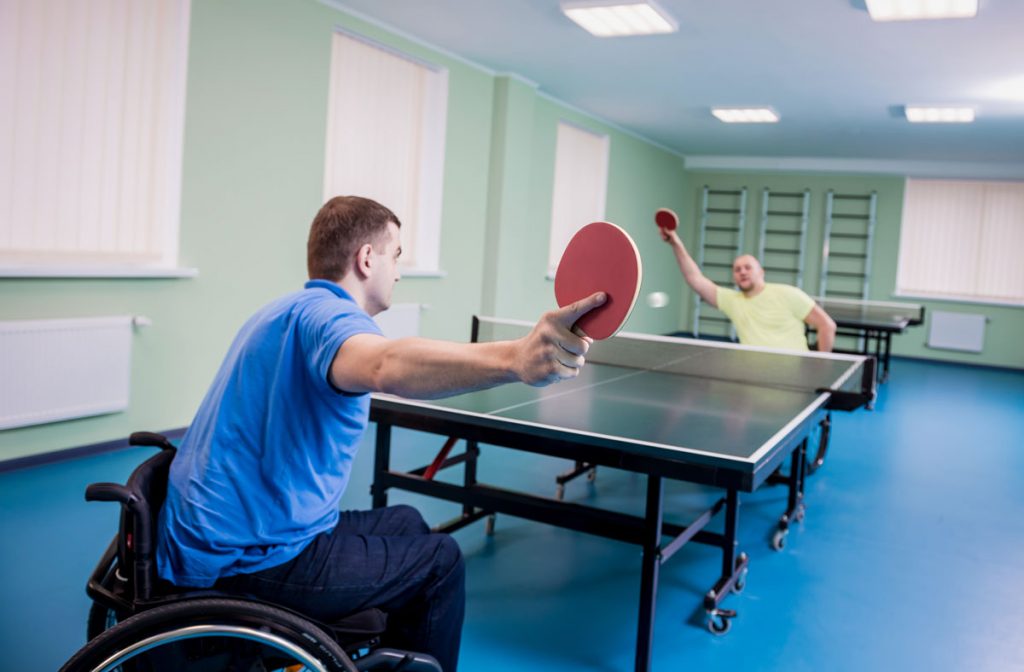Dementia Fall Risk Fundamentals Explained
Table of Contents3 Simple Techniques For Dementia Fall RiskSee This Report on Dementia Fall RiskThe 8-Minute Rule for Dementia Fall RiskMore About Dementia Fall Risk
A loss threat evaluation checks to see how likely it is that you will certainly fall. The analysis usually consists of: This consists of a collection of questions concerning your general health and if you've had previous falls or troubles with balance, standing, and/or strolling.STEADI includes testing, assessing, and intervention. Interventions are suggestions that might minimize your threat of dropping. STEADI includes three steps: you for your threat of succumbing to your threat variables that can be improved to attempt to prevent drops (for instance, equilibrium problems, impaired vision) to lower your threat of dropping by using reliable strategies (for instance, supplying education and learning and sources), you may be asked numerous inquiries including: Have you fallen in the previous year? Do you really feel unsteady when standing or walking? Are you worried regarding falling?, your provider will certainly test your stamina, balance, and gait, using the following loss analysis tools: This examination checks your gait.
If it takes you 12 seconds or more, it might imply you are at greater risk for a fall. This examination checks strength and balance.
Move one foot midway forward, so the instep is touching the big toe of your various other foot. Move one foot totally in front of the other, so the toes are touching the heel of your various other foot.
Little Known Facts About Dementia Fall Risk.
Many falls happen as a result of multiple adding aspects; consequently, taking care of the threat of dropping begins with identifying the factors that add to drop risk - Dementia Fall Risk. Some of the most pertinent danger variables consist of: Background of previous fallsChronic medical conditionsAcute illnessImpaired gait and balance, reduced extremity weaknessCognitive impairmentChanges in visionCertain risky drugs and polypharmacyEnvironmental aspects can additionally boost the danger for drops, consisting of: Inadequate lightingUneven or harmed flooringWet or unsafe floorsMissing or damaged handrails and get barsDamaged or poorly fitted tools, such as beds, wheelchairs, or walkersImproper use assistive devicesInadequate supervision of the people staying in the NF, including those that show hostile behaviorsA effective autumn risk monitoring program requires a comprehensive medical analysis, with input from all members of the interdisciplinary team

The care strategy ought to also consist of interventions that are system-based, such as those that advertise a safe atmosphere (appropriate lighting, hand rails, get hold of bars, etc). The performance of the you could try here treatments should be examined periodically, and the treatment strategy changed as essential to show adjustments in the loss danger evaluation. Implementing a fall danger monitoring system using evidence-based best method can reduce the frequency of drops in the NF, while limiting the capacity for fall-related injuries.
Rumored Buzz on Dementia Fall Risk
The AGS/BGS standard advises screening all grownups aged 65 years and older for autumn threat annually. This screening includes asking clients whether they have dropped 2 or more times in the previous year or sought medical interest for an autumn, or, if they have actually not fallen, whether they feel unsteady when walking.
Individuals that have actually dropped once without injury must have their balance and stride evaluated; those with gait or equilibrium problems must receive extra analysis. A history of 1 loss without injury and without gait or equilibrium troubles does not call for further analysis beyond continued yearly autumn danger testing. Dementia Fall Risk. A fall risk assessment is needed as component of the Welcome to Medicare exam

Dementia Fall Risk Things To Know Before You Get This
Recording a drops background is one of the high quality indications for autumn avoidance and management. A critical part of risk analysis is a medication review. A number of courses of medications raise autumn risk (Table 2). Psychoactive medicines in certain are independent predictors of falls. These drugs often tend to be sedating, change the sensorium, and hinder balance and stride.
Postural hypotension can usually be relieved by reducing the dose of blood pressurelowering drugs and/or stopping medicines that have orthostatic hypotension as a negative effects. from this source Use above-the-knee support tube and copulating the head of the bed elevated may also decrease postural decreases in blood stress. The advisable elements of a fall-focused health examination are received Box 1.

A pull time above or equivalent to 12 seconds recommends high autumn threat. The 30-Second Chair Stand test evaluates reduced extremity stamina and balance. this website Being unable to stand from a chair of knee elevation without using one's arms indicates enhanced autumn risk. The 4-Stage Balance examination analyzes static equilibrium by having the individual stand in 4 settings, each gradually much more difficult.